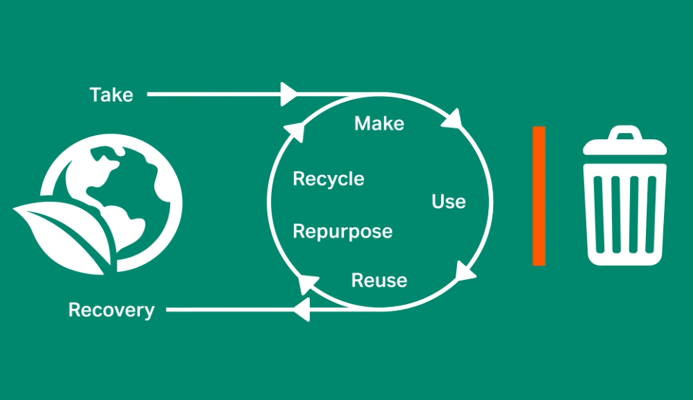Cytiva has recently implemented their Design for Sustainability (DfS) framework, which integrates sustainability elements into the new product introduction process. The framework engages internal teams to think of ways to reduce, reuse, and recycle at each point in the product life cycle process, and it requires that — from the beginning — the product be thought of from a sustainability perspective. The implementation of the Design for Sustainability framework is the planting of a seed that Cytiva will continue to nurture as one element of their commitment to sustainability. Six new product launches have been piloted through the DfS framework process with a goal to have all new products vetted using the DfS model going forward.
“It’s important to make sure sustainability is built into our products — and included from the very start. Design for Sustainability is the right thing to do for our business, for our customers, and for the environment,” noted Phil Blackmore, genomics and diagnostic solutions operations manager at Cytiva. “This framework is the beginning of an evolution; a change in how we’re going to deliver our products in the most sustainable way.”
The DfS framework is comprised of updates to the new product introduction process that stem from the easily remembered “reduce, reuse, recycle” concept. These added questions at each milestone of the process require the new product to be thoroughly vetted from a sustainability perspective. “Through the lens of reducing, reusing, and recycling, we’re evaluating each step of the product life cycle: sourcing, manufacturing, packaging, transportation, application, and post-use,” said Phil. “By asking questions like ‘How can I reuse when I’m sourcing materials? Are there alternative or recycled content materials we can use instead? Green chemicals? Or, when I’m manufacturing, is there a process change that would reduce water consumption?’ We’re arriving at a much more sustainably focused thought process that will carry on throughout the product’s life.”

These changes are committing our teams to think through the entire life cycle of a product from a sustainability perspective, and encouraging them to ask, “How can we design this product in a way that will help our customers when it comes time for them to dispose of it?” notes Lacey Linney, sustainability plastics leader at Cytiva. “It’s exciting because our hope is that if we can really shift how we design our products, customers will see increased efficiency, reduced waste, and have better solutions when it comes time to throw things away at end of life.”
While the revised product introduction process integrates a qualitative sustainability element via questions, there’s also a quantitative element called the Design for Sustainability Score Checklist. This checklist numerically communicates the success of each core teams’ efforts towards creating a more sustainable product. The checklist further allows for the identification and prioritization of areas to improve sustainability efforts. ”We’re looking forward to reviewing the Score Checklists to help our teams continously improve by further evaluating the product impact along the product life cycle,” shares Lacy.
About Cytiva
At Cytiva, we believe the key to transforming human health is accessing life-changing therapies. That’s why our nearly 10 000 associates in more than 40 countries are keenly focused on helping researchers, biopharma companies, and drug manufacturers to advance and accelerate therapeutics for people that need them. We’re driven by their desire to achieve better flexibility, capacity, and efficiency in all facets of their work — all the way from discovery to delivery. Learn about sustainability at Cytiva here.